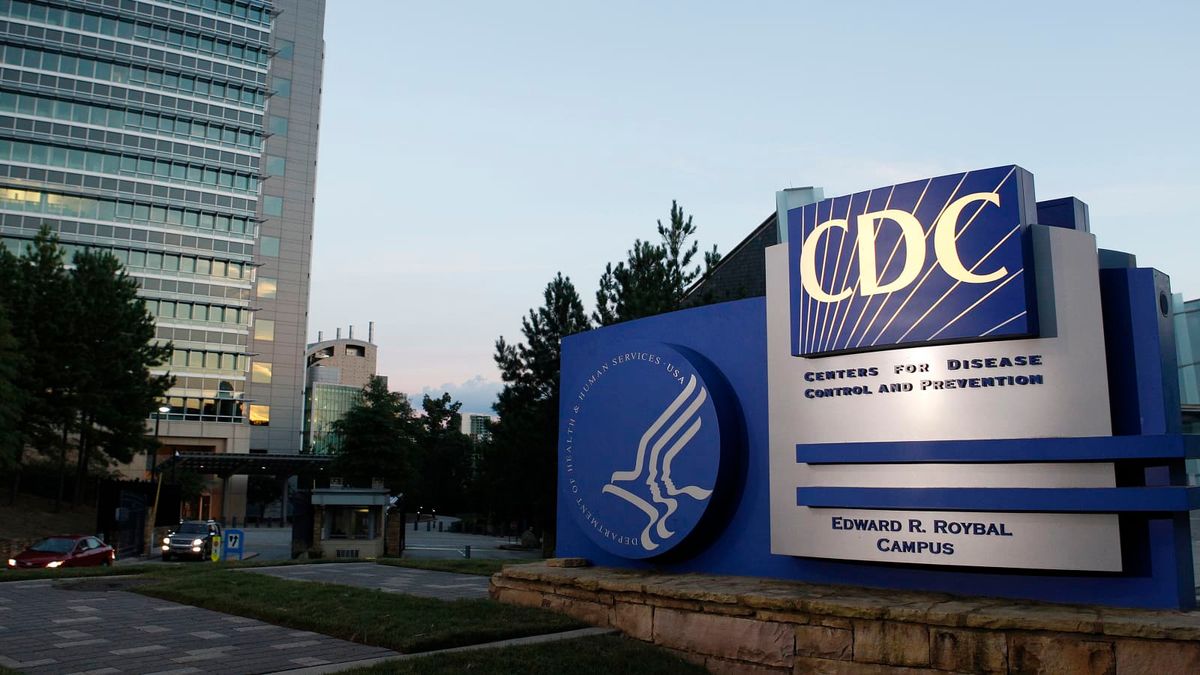Mask on or off? What’s the story behind the CDC’s updated mask guidelines?

A few minutes every morning is all you need.
Stay up to date on the world's Headlines and Human Stories. It's fun, it's factual, it's fluff-free.
A majority of medical experts have stated that the science behind the CDC’s decision is sound, but some have criticized the Atlanta-based agency for not giving enough information about what all this means.
- On May 13, the Centers for Disease Control and Prevention, or CDC, in Atlanta said that vaccinated Americans could go maskless in most situations – even crowded indoor events.
- “We have all longed for this moment,” CDC director Rochelle Walensky said. “If you are fully vaccinated, you can start doing the things that you had stopped doing because of the pandemic.”
- “Today is a great day for America,” President Joe Biden declared at the White House. “You’ve earned the right to do something that Americans are known for all around the world: greeting others with a smile.”
- Republican Senator Mitch McConnell even quoted Martin Luther King Jr. in response to the news, telling reporters that Americans were “Free at last.”
Did the news come as a surprise?
- “Surprise” is putting it mildly.
- Few people expected this, partly because of how cautious the CDC has been over the past year.
- Just a couple of weeks before the May 13 announcement, the CDC said that while vaccinated Americans could go maskless outside, masks in most indoor situations were still necessary.
- A study in The New York Times earlier this month found that a majority of the epidemiologists surveyed had expected that Americans would have to wear masks for another year and maybe even longer.
- For others, surprise quickly turned to suspicion and the fear that the CDC had rushed the decision to release updated guidelines.
- Dr. John Swartzberg, an expert in infectious diseases, said the CDC’s decision “feels like a huge shift, and I’m not going to follow it,” adding that he would continue to wear a mask indoors.
So, was the decision rushed?
- A majority of medical experts have stated that the science behind the CDC’s decision is sound, but there are those who have criticized the Atlanta-based agency for not giving enough information about what all this means.
- “I do not take any pleasure in critiquing the CDC,” said Dr. Amber Schmidtke, who used to work at the agency. “Unfortunately, when you leave a vacuum of information, then people can fill that in with whatever they want."
- Schmidtke pointed to tensions between those who aren’t wearing masks and those who have decided to keep their masks on. “Even wearing a mask itself is leading to confrontations, with people seeming to be offended by the employees, who are wearing masks while the customers aren’t.”
- Dr. Anthony Fauci has also said that Americans are “misinterpreting” the CDC’s updated guidelines, telling Axios that people are “thinking that this is a removal of a mask mandate for everyone. It’s not," adding that “It’s an assurance to those who are vaccinated that they can feel safe, be they outdoors or indoors."
Is that it, then? Can we go back to living like normal?
- If you’ve been vaccinated, the answer is mostly yes – but you’ll still be required to wear a mask on airplanes and in some venues and businesses.
- If two weeks haven’t passed since the time of your second dose, or if you are vaccinated but are immunocompromised (i.e. have a weaker immune system) you’ll want to keep wearing a mask for now.
- It’s also important to remember that most Americans still aren’t fully vaccinated.
- Many experts believe the CDC’s announcement will encourage those who have resisted getting the vaccine to finally do so.
Are unvaccinated people still at risk?
- Yes! We’re still in the middle of a pandemic and there are still thousands of people dying per day around the world. Parts of the United States that have seen relatively few people choose to get vaccinated, like the South, are particularly at risk of a spike in case numbers.
- “If the coverage [number of people vaccinated] is 95% in the United States as a whole, but 70% in some small town, the virus doesn’t care,” epidemiologist Marc Lipsitch of the Harvard T.H. Chan School of Public Health explained. “It will make its way around the small town.”
Have a tip or story? Get in touch with our reporters at tips@themilsource.com




Comments ()